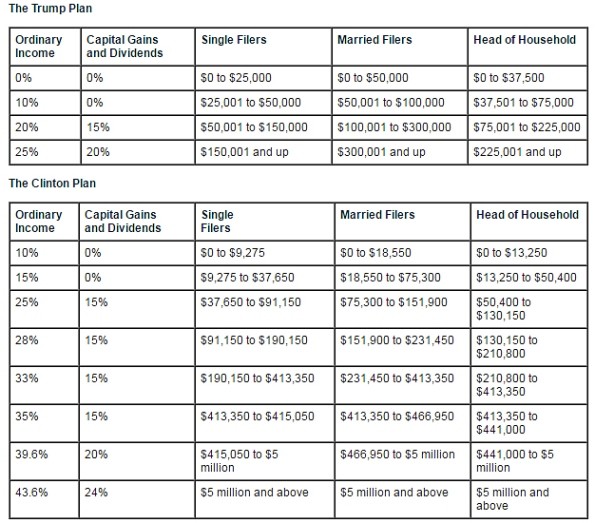 Happy to say I voted early and have moved one step closer to putting this madness behind me. Thanks to the Hancock County Public Library for setting up such a seamless operation. (I had been in that very room just two weeks prior listening to a presentation by local ghost hunters. God bless public libraries!)
Happy to say I voted early and have moved one step closer to putting this madness behind me. Thanks to the Hancock County Public Library for setting up such a seamless operation. (I had been in that very room just two weeks prior listening to a presentation by local ghost hunters. God bless public libraries!)
FiveThirtyEight outlines early voting factors and how it may impact this presidential election:
Early voting may have a slight potential to affect the outcome of this election, but experts say its predictive value is not particularly high.
Burden and McDonald agreed that the majority of people who cast their ballots early would have participated in the election anyway and likely would not have changed their minds if they’d waited until Election Day, so the timing of their votes probably won’t change the outcome. Moreover, McDonald said it’s very difficult to identify national trends in early voting, since the laws vary widely by state and different voting opportunities attract different kinds of voters.
In general, though, Democrats who vote early tend to do so in person and Republicans tend to do so by mail. But that isn’t true everywhere — Oregon, Washington and Colorado all offer mail-in ballots to every registered voter, and most of their votes have gone to the Democratic candidates in presidential elections, at least in the last two electoral cycles. Early voting in the past two presidential elections has favored Democrats, McDonald said.
Well-organized campaigns do have opportunities to capitalize on early voting, however, and this year that could benefit Hillary Clinton, who has a stronger ground game than Donald Trump.
It “opens up more possibilities for voting, boosting turnout in the long run,” said Mark Stephenson, the CEO of Red Oak Strategic, a political consulting firm in Arlington, Virginia. “But it also gives the campaign tacticians the opportunity to analyze and see what is happening over a longer period of time and be efficient with where spending is going as a result. Both, when done successfully by either party, can provide a real tactical and strategic advantage.”
“I suppose it probably advantages the Democrats slightly,” Burden said, “but that’s mostly because the Democrats are organized to take on the early vote more than the Republicans are.”
Jon Ralston, a prominent political reporter in Nevada, noted that Clinton can take advantage of the Democratic Party’s edge in organizing early voting, which was built in 2008 and 2012.
The Clinton campaign uses a variety of techniques for reaching out to early voters, including door knocks, phone calls, emails and text messages, said Lily Adams, a Clinton campaign spokeswoman.


 It's been 20 years since the federal Family Medical Leave Act (FMLA) was signed by President Clinton and since then many changes have been implemented, creating headaches and frustration for both employers and employees.
It's been 20 years since the federal Family Medical Leave Act (FMLA) was signed by President Clinton and since then many changes have been implemented, creating headaches and frustration for both employers and employees.
 Martin Feldstein – one of the most respected economists of our time – spoke a cautionary message at the Economic Club of Indiana luncheon in Indianapolis Tuesday.
Martin Feldstein – one of the most respected economists of our time – spoke a cautionary message at the Economic Club of Indiana luncheon in Indianapolis Tuesday.